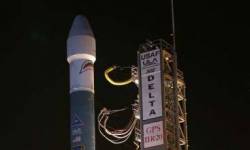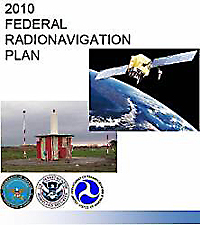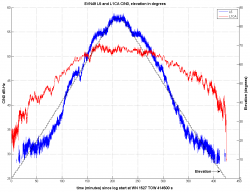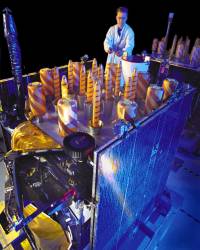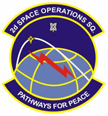
In an effort to improve constellation sustainment, on or about Feb. 1, 2012, SVN-49 will resume transmitting an L-band signal using PRN24 as a test asset, according to the U.S. Air Force Space Command. Upon completion of the test event, SVN-49 will once again be decommissioned from active service. PRN24 will then once again be available for future satellite service.
In an effort to improve constellation sustainment, on or about Feb. 1, 2012, SVN-49 will resume transmitting an L-band signal using PRN24 as a test asset, according to the U.S. Air Force Space Command. Upon completion of the test event, SVN-49 will once again be decommissioned from active service. PRN24 will then once again be available for future satellite service.
A Notice Advisory to NAVSTAR Users (NANU) issued January 27 states, "On approximately 01 FEB 2012 SVN49 will resume transmitting L-band utilizing PRN24. At L-band activation, SVN49/PRN24 will be unusable until further notice. Additionally, no broadcast almanacs will include SVN49/PRN24. Future NANUs will inform users of any changes to the above-stated status." The GPS constellation is managed by the USAF 2nd Space Operations Squadron (2 SOPS) at Schriever Air Force Base, Colorado.
Signals from the satellite have been unusuable since shortly after its March 24, 2009, as a result of signal reflections coming from a special auxiliary port (designated J2) that is used to feed the L5 signal to the satellite’s antenna array. These reflections cause a secondary-path signal with a delay of approximately 30 nanoseconds, which has the appearance of a multipath error to many GPS receivers. The problem appears most strongly on signals transmitted on the L1 frequency.

